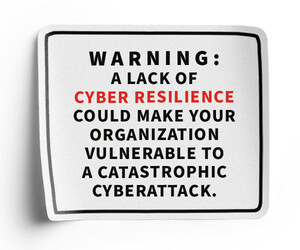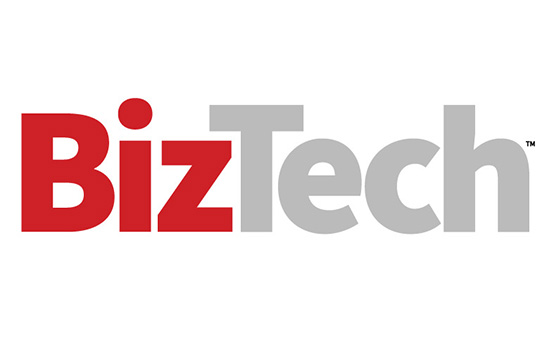Upfront Risk Assessments Save Time and Money
Many cyber insurance providers provide free risk assessments for businesses, but John Candillo, field CISO at CDW, recommends doing a little upfront work to smooth out the process and avoid getting blindsided.
“Insurers want to know how your business looks from the outside looking in,” he says. “A focus on this ahead of time can greatly improve your situation when it comes to who's willing to underwrite your policy, but also what your premiums are going to be and how you’re answering questionnaires,”
Conducting an internal risk assessment and engaging with cybersecurity ratings companies such as SecurityScorecard or Bitsight can help SMBs be more informed policy shoppers.
“If you understand what the auditor is going to ask you and you're prepared for it, the results of the audit are going to be way different than if you're caught off guard,” Candillo says.
These steps get stakeholders thinking about what type of risk requires coverage. Cyber insurance can broadly be put into two categories. First-party coverage will protect against things such as breach response costs, cyber extortion costs, data-loss costs and business interruptions. Third-party coverage insures against risks such as breach liabilities and regulatory penalties.
The more you know up front about your risk profile, the easier it is to advocate for yourself during the underwriting process.
Click the banner below to keep reading stories from our new publication, BizTech: Small Business.














